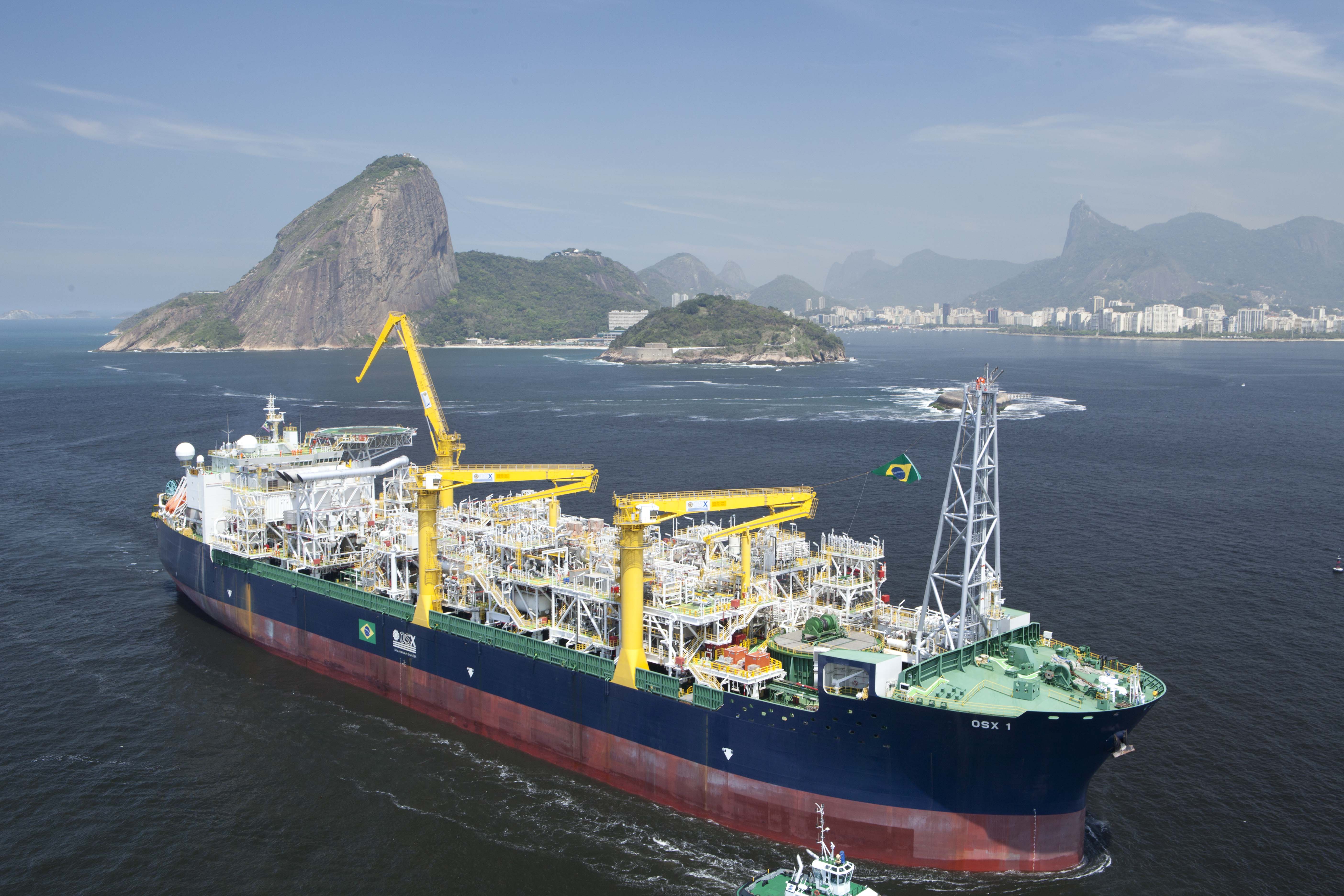|
TEMPSC
TEMPSC is an acronym for "Totally Enclosed Motor Propelled Survival Craft", which was originally designed for offshore oil and gas platforms in 1968. The first-ever TEMPSC was spherical in shape, had a flat bottom, a single hook, with a total passenger capacity of 28-passengers and a fire-retardant fibreglass hull and dome. It was manufactured in Beverly Hills, California by the Brucker Life Sphere Company, owned by its creator Mr. Milton Brucker. The first TEMPSC was called the Brucker Life Sphere, but was later referenced as a "Totally Enclosed, Motor Propelled Survival Capsule". The United States Coast Guard coined the acronym "TEMPSC" during the process of evaluating the Brucker Life Sphere for approval and adherence to SOLAS 1960. At that time, TEMPSCs did not exist and the IMO SOLAS description of a lifeboat was that of an open dual hook lifeboat that were only installed onboard ships. The USCG's approval of the Brucker Life Sphere formalized the acronym to TEMPSC (Totally ... [...More Info...] [...Related Items...] OR: [Wikipedia] [Google] [Baidu] |
Lifeboat (shipboard)
A lifeboat or liferaft is a small, rigid or inflatable boat carried for emergency evacuation in the event of a disaster aboard a ship. Lifeboat drills are required by law on larger commercial ships. Rafts (liferafts) are also used. In the military, a lifeboat may double as a whaleboat, dinghy, or gig. The ship's tenders of cruise ships often double as lifeboats. Recreational sailors usually carry inflatable liferafts, though a few prefer small proactive lifeboats that are harder to sink and can be sailed to safety. Inflatable lifeboats may be equipped with auto-inflation (carbon dioxide or nitrogen) canisters or mechanical pumps. A quick release and pressure release mechanism is fitted on ships so that the canister or pump automatically inflates the lifeboat, and the lifeboat breaks free of the sinking vessel. Commercial aircraft are also required to carry auto-inflating liferafts in case of an emergency water landing; offshore oil platforms also have liferafts. Ship-launche ... [...More Info...] [...Related Items...] OR: [Wikipedia] [Google] [Baidu] |
Oil Platform
An oil platform (or oil rig, offshore platform, oil production platform, and similar terms) is a large structure with facilities to extract and process petroleum and natural gas that lie in rock formations beneath the seabed. Many oil platforms will also have facilities to accommodate the workers, although it is also common to have a separate accommodation platform bridge linked to the production platform. Most commonly, oil platforms engage in activities on the continental shelf, though they can also be used in lakes, inshore waters, and inland seas. Depending on the circumstances, the platform may be fixed Platform, fixed to the ocean floor, consist of an artificial island, or floating oil production system, float. In some arrangements the main facility may have storage facilities for the processed oil. Remote subsea wells may also be connected to a platform by flow lines and by umbilical cable, umbilical connections. These sub-sea facilities may include of one or more subsea ... [...More Info...] [...Related Items...] OR: [Wikipedia] [Google] [Baidu] |
Floating Production Storage And Offloading
A floating production storage and offloading (FPSO) unit is a floating vessel used by the offshore oil and gas industry for the production and processing of hydrocarbons, and for the storage of oil. An FPSO vessel is designed to receive hydrocarbons produced by itself or from nearby platforms or subsea template, process them, and store oil until it can be offloaded onto a tanker or, less frequently, transported through a pipeline. FPSOs are preferred in frontier offshore regions as they are easy to install, and do not require a local pipeline infrastructure to export oil. FPSOs can be a conversion of an oil tanker (like the '' Seawise Giant'') or can be a vessel built specially for the application. A vessel used only to store oil (without processing it) is referred to as a floating storage and offloading (FSO) vessel. The first of a related type, floating liquefied natural gas vessels, went into service in 2016. Types FPSOs are classified into the following types. * ... [...More Info...] [...Related Items...] OR: [Wikipedia] [Google] [Baidu] |

.jpg)
